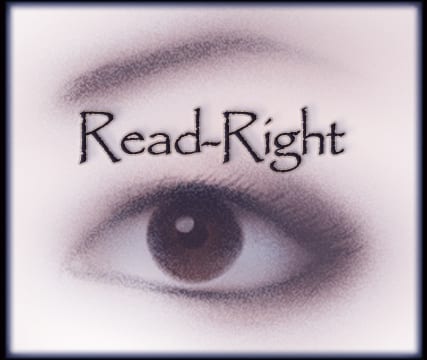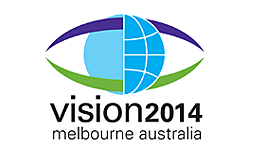A recent article in the British Journal of Ophthalmology has reviewed the results of published studies investigating how we might best help children with visual impairment who also have a condition affecting their neurodevelopment (Williams et al., 2014)*. They found strong evidence to support the effectiveness of providing spectacles to improve distance or near vision, and to support the use of ultraviolet light (as opposed to normal white light) as an environmental modification during visual training exercises. They also found suggestive evidence to support specific training strategies for improving acuity and the efficiency of eye movements. What was less clear was evidence to suggest whether the improvements in visual skills observed in the lab transfer to general skills and daily activities: something we refer to as functional vision.
The debate about whether or not rehabilitation strategies for visual field loss are effective often centers around the mechanism of effect, and whether observed improvements are the result of changes in the actual visual field (e.g. restoration of neural pathways) or the result of functional changes (e.g. compensatory eye movements). It is important to understand the mechanisms that may underlie rehabilitation, and the evidence that significant improvements can be observed is still controversial. However, it is equally important to determine whether any clinical improvements that we do see will translate to useful improvements in vocational, educational and daily-life activities (e.g. reading or mobility), and lead to a general improvement in quality of life.
 Reading is one skill in particular that visual field loss can impact on in a variety of ways, depending on the location and size of the visual field loss. For those reading English (and other languages read from left to right) it may be difficult to locate the next word on the same line if you have a right-sided visual field loss, and it can be difficult to locate the start of the next line if you have a left-sided visual field loss. When the field loss includes an area of the central field called the macular region there is often a corresponding loss of visual acuity and reading small text becomes more difficult.
Reading is one skill in particular that visual field loss can impact on in a variety of ways, depending on the location and size of the visual field loss. For those reading English (and other languages read from left to right) it may be difficult to locate the next word on the same line if you have a right-sided visual field loss, and it can be difficult to locate the start of the next line if you have a left-sided visual field loss. When the field loss includes an area of the central field called the macular region there is often a corresponding loss of visual acuity and reading small text becomes more difficult.
The evidence for improvements in reading ability after vision rehabilitation is variable but suggests positive outcomes that depend on the specific training program, and on the specific area of the visual field loss. For those interested in therapy options for patients who have difficulty reading as a result of visual field loss you may wish to visit University College London’s Read-Right website, where they offer a free web-based therapy for patients with hemianopic alexia. Patients can register to join and use the service here.
*Cathy Williams is a consultant senior lecturer at the University of Bristol, and paediatric consultant at Bristol Eye Hospital. She will be working in collaboration with us at the WESC Foundation and the University of Lincoln to help with participant recruitment for a study that we will be running later in the year to investigate whether eye movement training using computer game software may be beneficial for young people with visual field loss.
